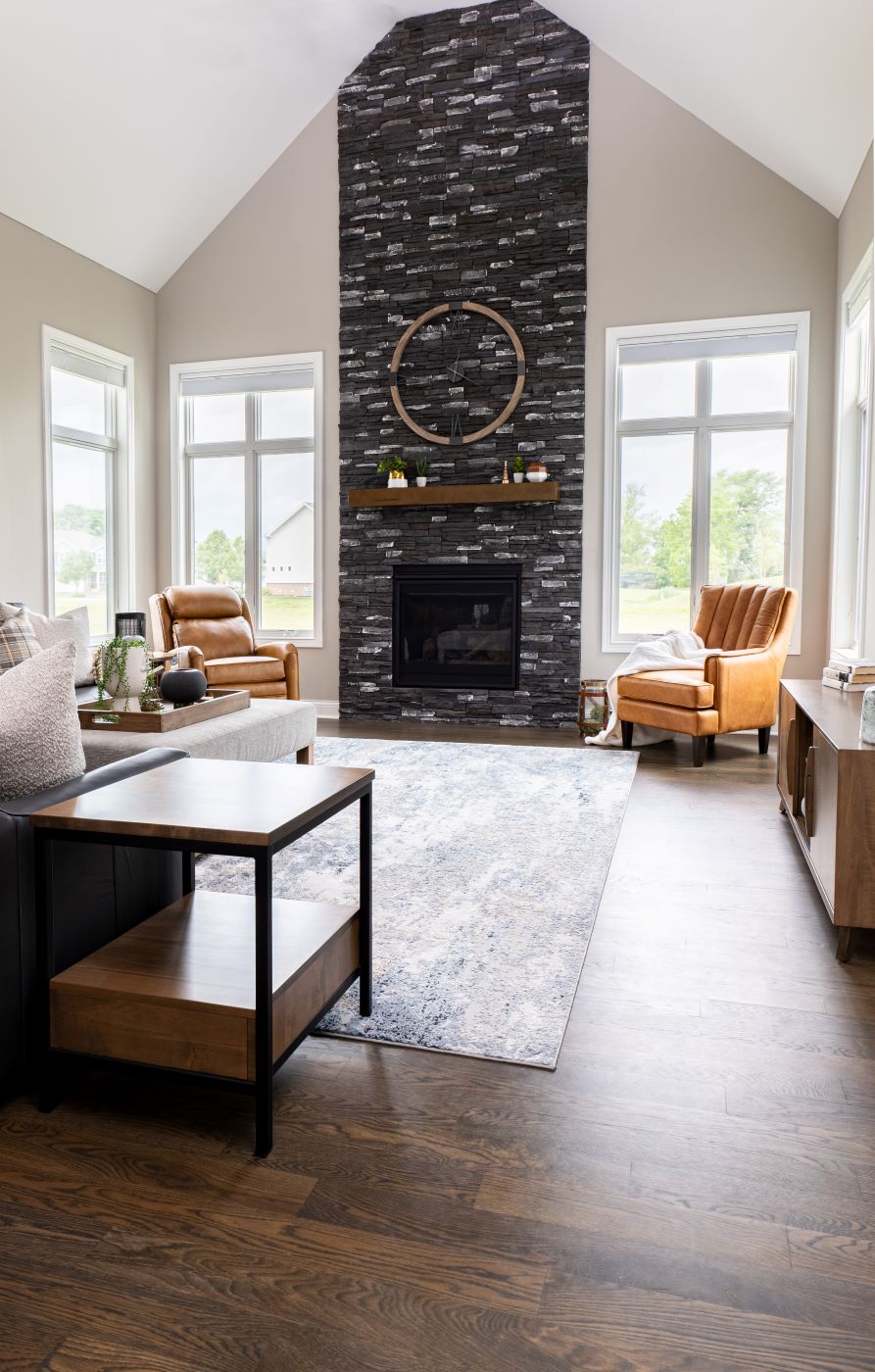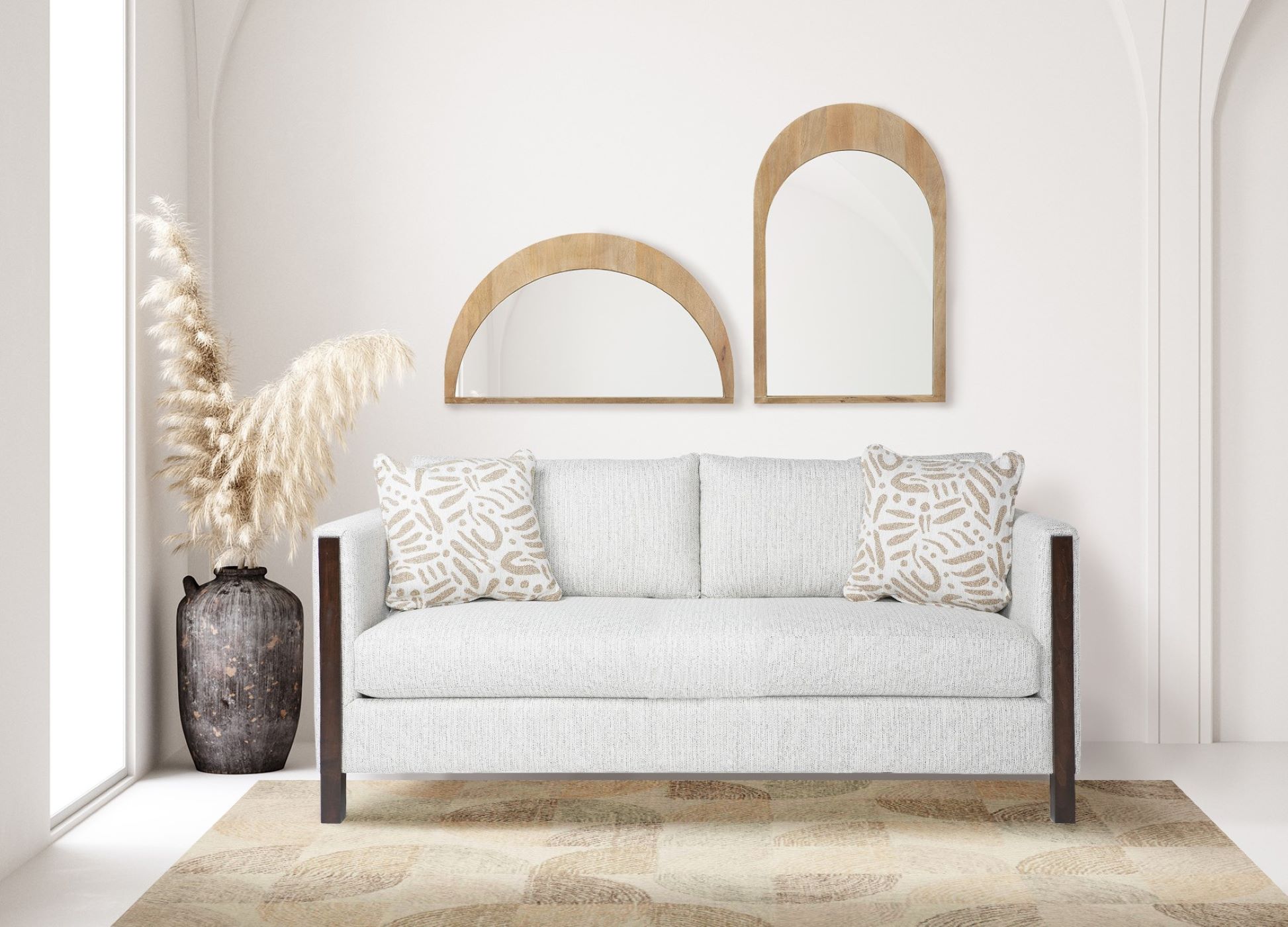Are You a Minimalist or a Maximalist? What about a Middle-ist?
Mar 4th 2021
When designing your home, the debate between minimalism and maximalism offers two distinct philosophies. While minimalism champions simplicity, clean aesthetics, and fewer decorative items, maximalism embraces bold colors, patterns, and layered decorative accessories. Both styles have their appeal, but for those who can't decide, a balanced middle-ist approach is ideal.
The Minimalist Lifestyle
Minimalism focuses on clean lines, neutral tones, and a clutter-free environment. By emphasizing open space and high-quality pieces, minimalists ensure that their living space feels calm and serene. A minimalist room often features a muted color palette and simple home decor, creating a sense of clarity and tranquility. Furniture pieces are selected with care, and decorative elements are minimal yet purposeful.
The essence of minimalism is the idea of having less, with only the essential home design elements displayed. A few strategically placed accent pieces or eye-catching items, like a sleek dining table or a statement piece, can add elegance to a minimalist space. Minimalists also favor a space-enhancing layout that uses vertical lines and mirrors to create the illusion of more space. That's why a sofa like the Oliver Sofa from Marshfield fits perfectly into a minimalistic style.
A minimalist bedroom, for instance, may contain one or two essential furniture pieces, such as a bed and side tables, with a well-organized storage space. By focusing on the essentials, minimalism encourages a space that feels breathable and free from distractions.
“(Minimalism) is marked by clarity, purpose, and intentionality. At its core, minimalism is the intentional promotion of the things we most value and the removal of everything that distracts us from it. It is a life that forces intentionality.” – Joshua Becker from becomingminimalist.com

The Maximalist Lifestyle
Maximalism is all about expressing personal style through an abundance of colors, textures, and patterns. This design style encourages the layering of furniture pieces, decorative objects, and bold colors to create an engaging, lively environment. The goal is not clutter but rather the thoughtful placement of meaningful decorative elements that add warmth and depth to the room.
Maximalist interiors are often vibrant, using a mix of materials and furniture color schemes to create a cozy and inviting atmosphere. Accent pieces like side tables and coffee tables are strategically placed to add variety and functionality. In a maximalist space, each corner tells a story, whether through colorful throws, patterned rugs, or striking dining tables that act as a focal point.
Maximalism also shines in small spaces, where the thoughtful use of decorative accessories and color scheme can make the space feel dynamic and visually engaging. The contrast of different textures and bold patterns adds interest to the room, giving it an energy that reflects the homeowner’s creativity. The bold and comfortable Gould Chair from Huntington Heights suits the maximalist style, especially when accompanied by the Sherwood Bookcase.

The Middle Ground: A Balanced Approach
The middle-ist lifestyle combines the organization and simplicity of minimalism with the warmth and personality of maximalism. It allows for a curated selection of items, striking a balance between an open, uncluttered space and personalized home decor.
In a middle-ist home, items are chosen for both function and enjoyment. Furniture with hidden storage solutions, like storage ottomans, can offer the best of both worlds—keeping the room organized while still allowing space for small items and decorative objects. The overall design is carefully planned, creating harmony without sacrificing comfort. Pieces like the Vanderbilt Chair from Huntington Heights and the Dane End Table contribute to the middle ground style that is both organized and elegant.
Home offices or guest rooms can benefit from the middle-ground approach, using functional pieces like side tables or coffee tables for practical use while incorporating personalized decorative accessories. This balance ensures the room will feel cohesive, spacious, and lived-in.
Finding Your Balance
To strike a balance between minimalism and maximalism, consider your lifestyle and what brings you comfort. Minimalists enjoy spaces that feel light and orderly, with a focus on natural light and uncluttered surfaces. Maximalists, however, love to fill their space with items that spark joy and creativity.
Here’s how to approach it:
- Minimalist Tips: Declutter regularly, choose neutral tones, and invest in high-quality pieces with clean lines that can serve multiple purposes. Maximize natural light to enhance the feeling of openness.
- Maximalist Tips: Don’t be afraid to play with bold patterns, colors, and textures. Layer accent pieces like rugs, pillows, and art to create a rich, inviting space. Use shelving or display units to showcase your favorite small items and collections.
- Middle-Ground Tips: Combine the best of both worlds by using storage solutions to maintain order while keeping sentimental or personal decorative items in sight. Balance simplicity with carefully selected, expressive furniture and accessories.
How to Meet in the Middle
Want to find the sweet spot between the minimalist and maximalist lifestyles? Start here:
Purge: Perform an honest assessment of everything you own to identify the items you actually use or enjoy on a regular basis. Only like three of the five candlestick holders on the shelf? Pull the other two. Can you live with just one bread pan instead of two? Keep your favorite. Tired of that artwork in the half-bath? Lose it. Put the surplus items in a box and store that box in the garage or closet. Then, set a reminder for one month from now. If you haven’t pulled anything out of the box, sell or donate the items.
Add storage: If you still have things that you want to keep, but you don’t want them on display for all to see, store those items away in plain sight. Storage ottomans pull triple duty as footrests, coffee tables, and blanket/toy storage bins. Sturdy woven baskets at the right height can give you a place to store winter mittens and hats while doubling as a side table. Vases can hold dog treats, serve as bookends, or double as a cake stand base while adding texture to the design of your room.
Keep/add what delights you: Most importantly, keep and add items that are important to YOU and your lifestyle. If you’ve been eyeing a vintage teapot that doesn’t fit with any of your current design inspirations – get it! You’ll enjoy using it and you’ll remember and share the story behind it no matter how out-of-trend it may appear. Your enjoyment is what matters most.
For those seeking middle ground, start by identifying essential furniture pieces and decorative elements that you truly love. Use storage space wisely, and avoid over-decorating while allowing enough personalization to reflect your tastes. Combining the practicality of minimalism with the vibrancy of maximalism will create a home that feels both balanced and uniquely yours.













